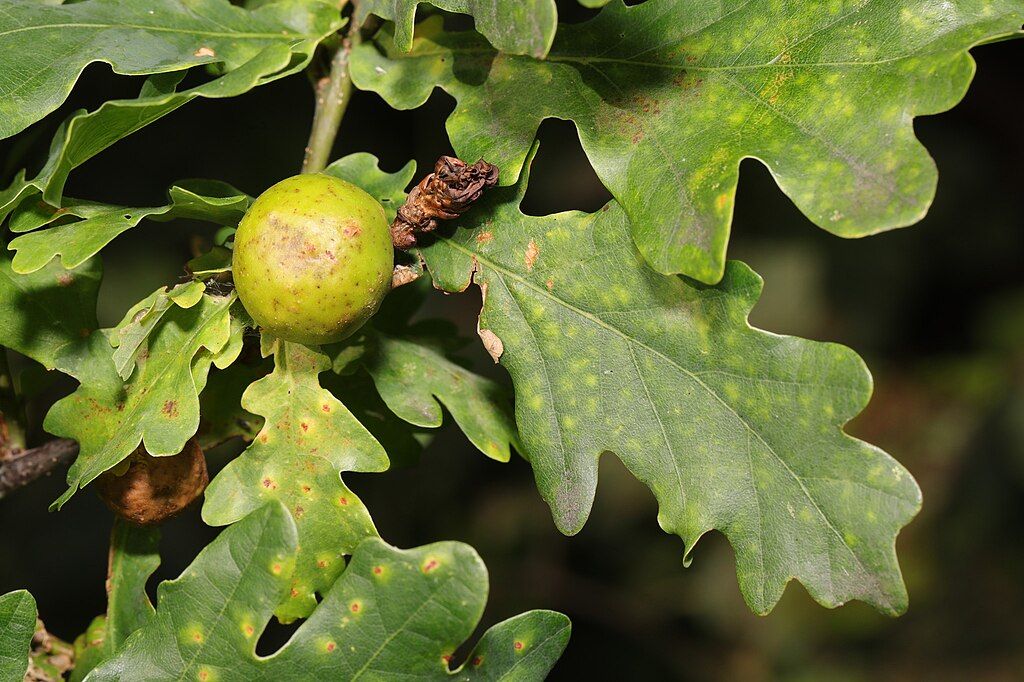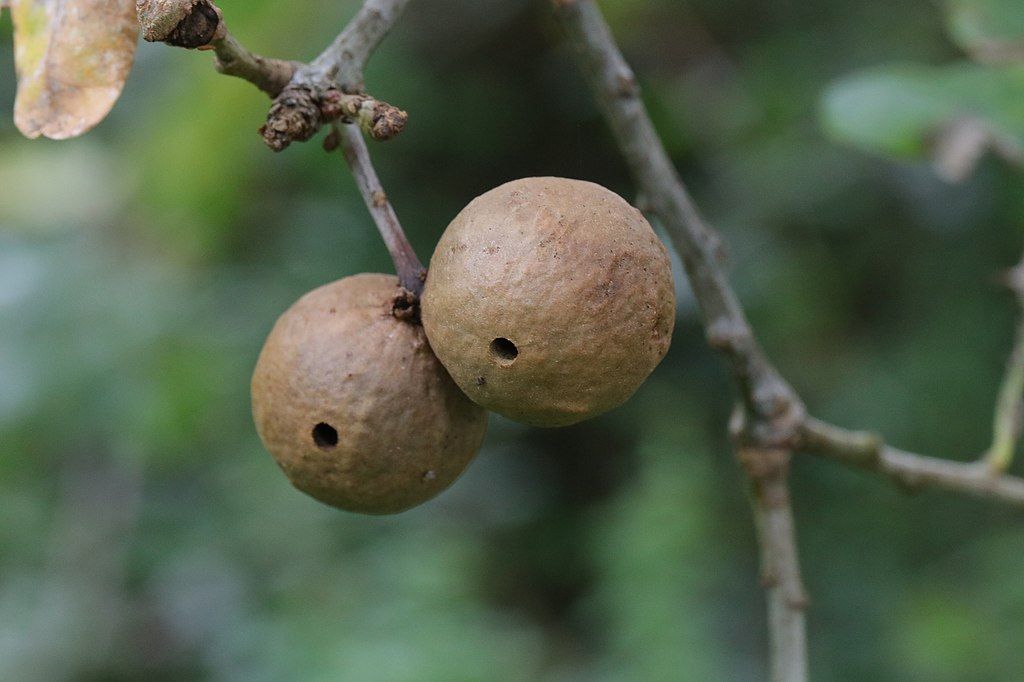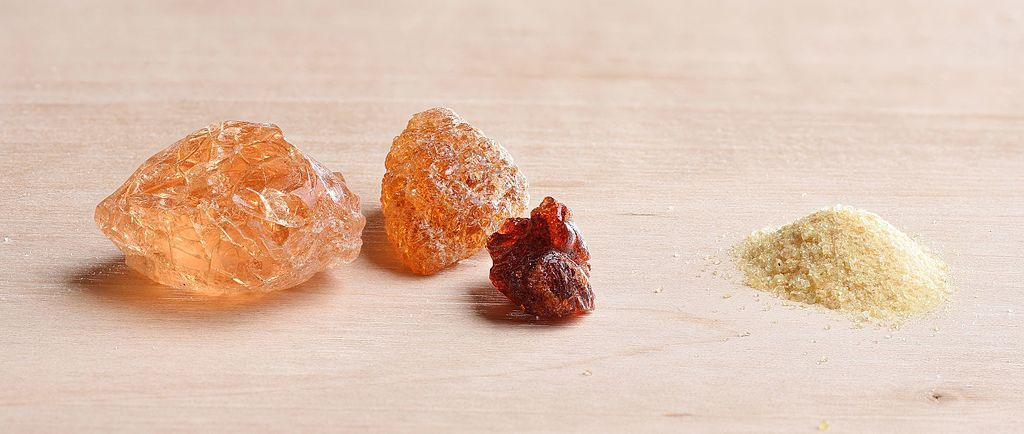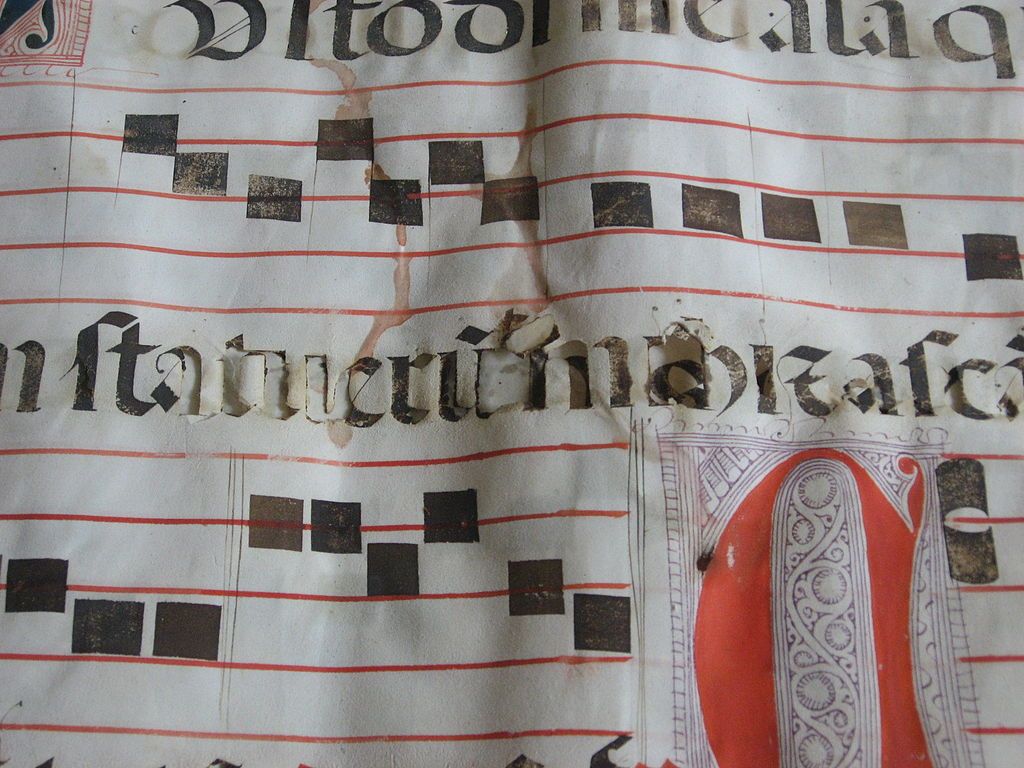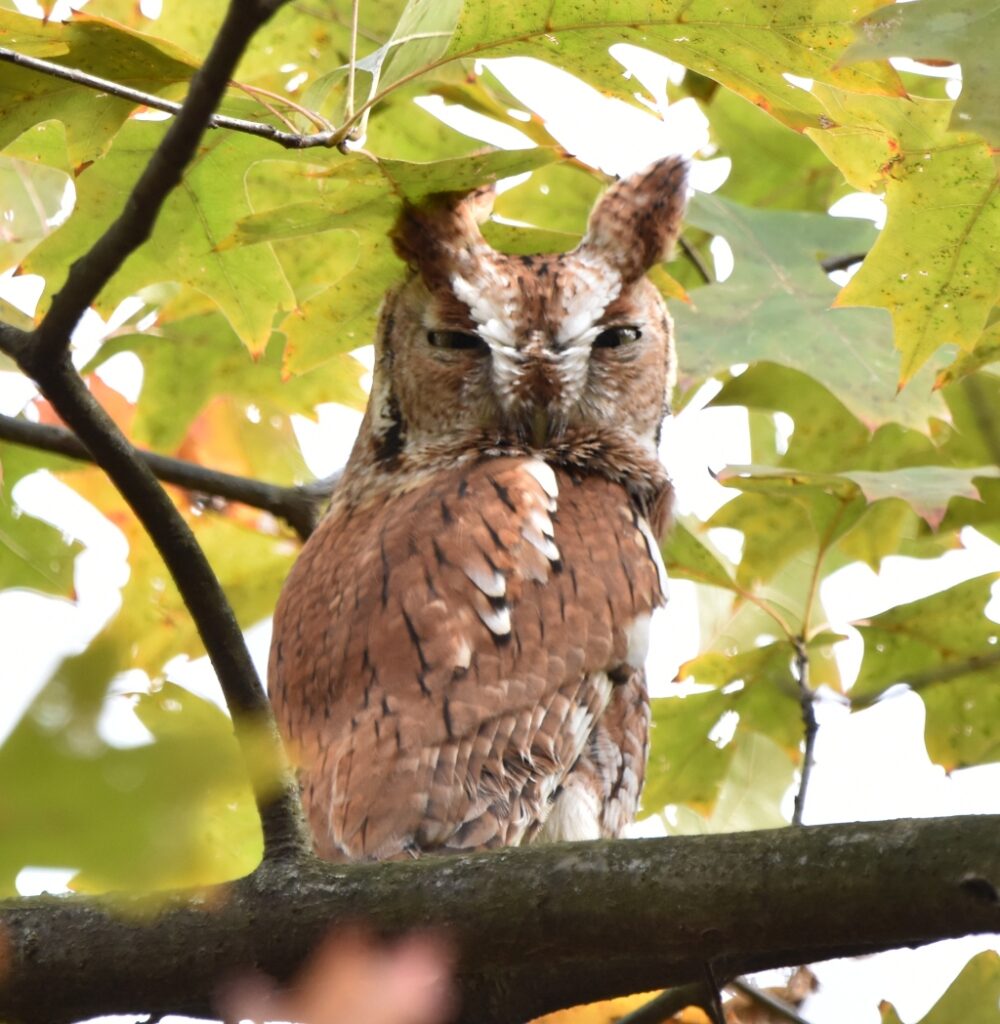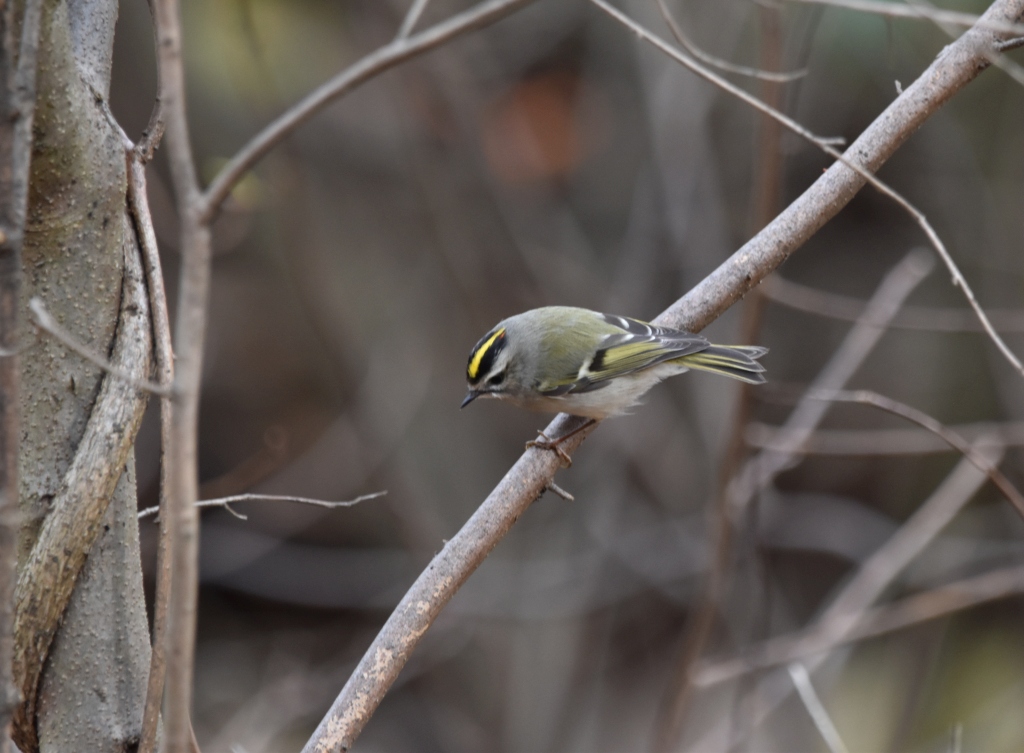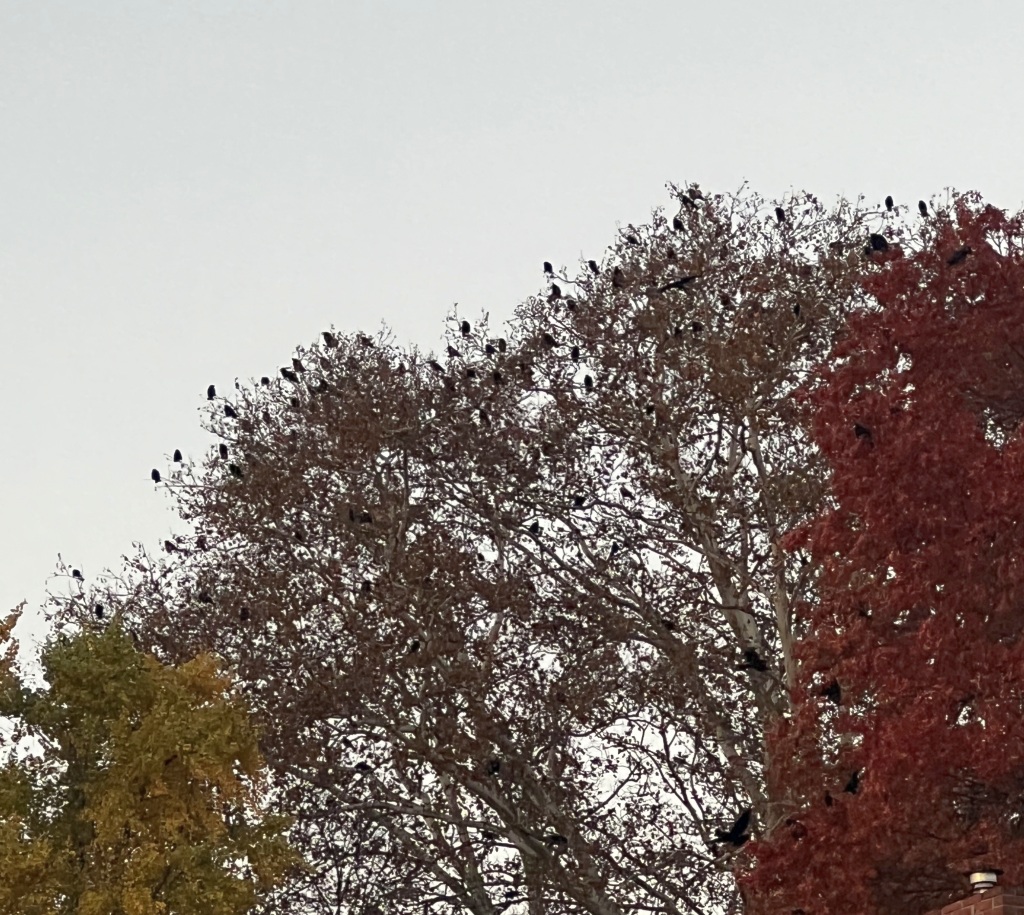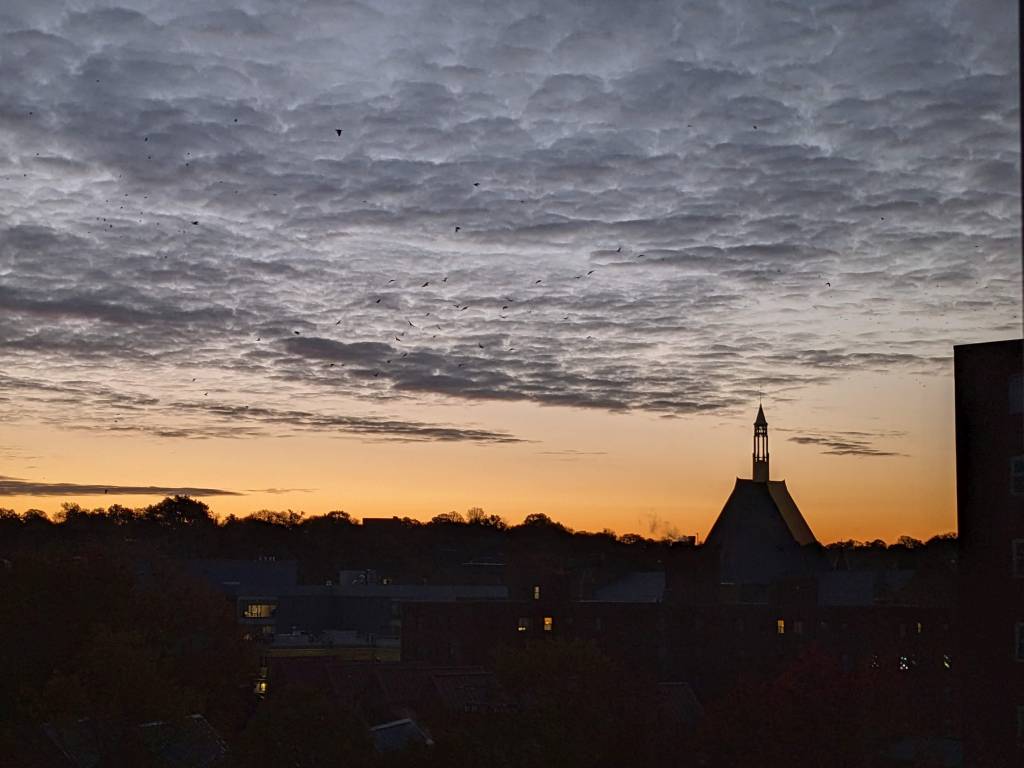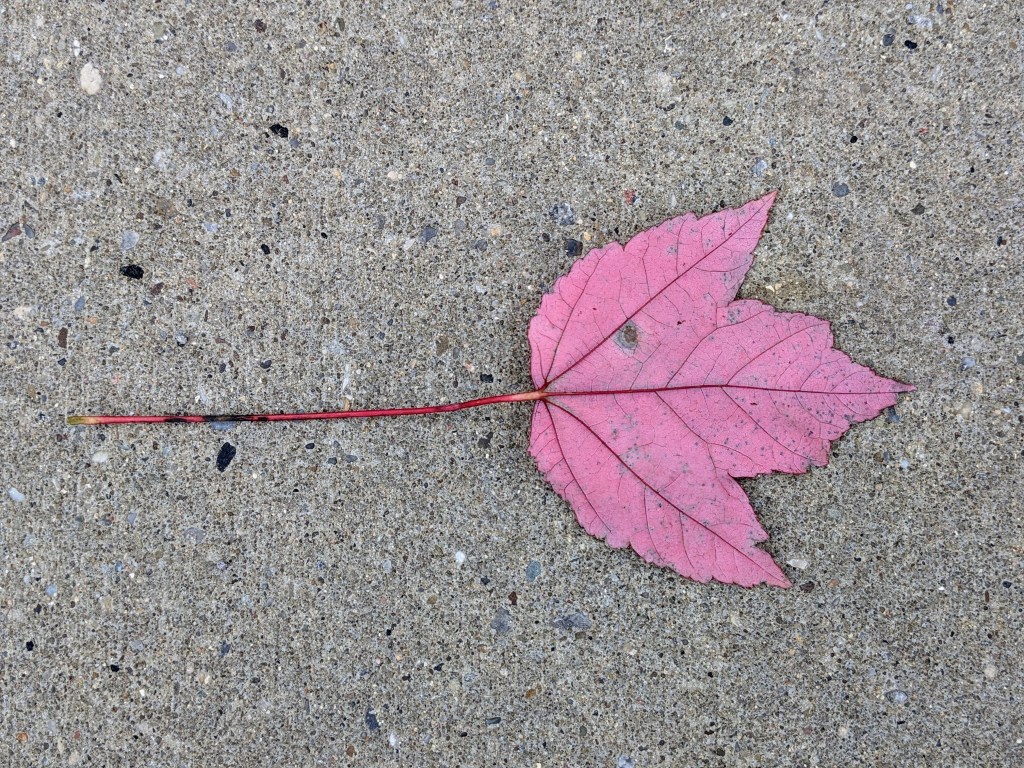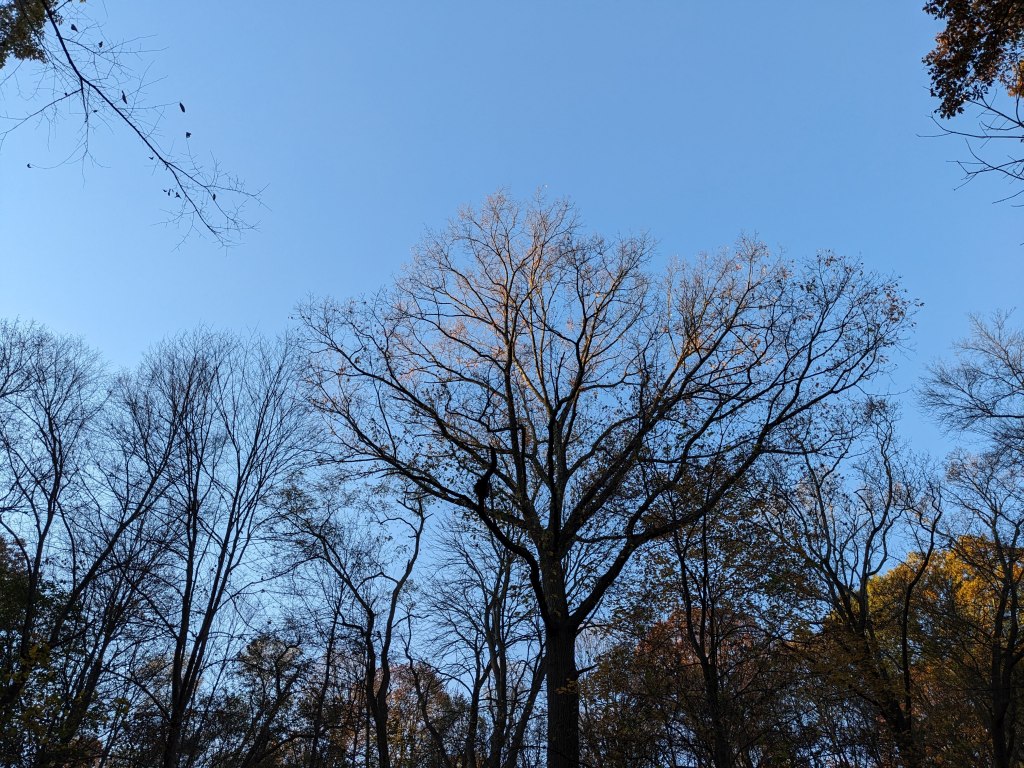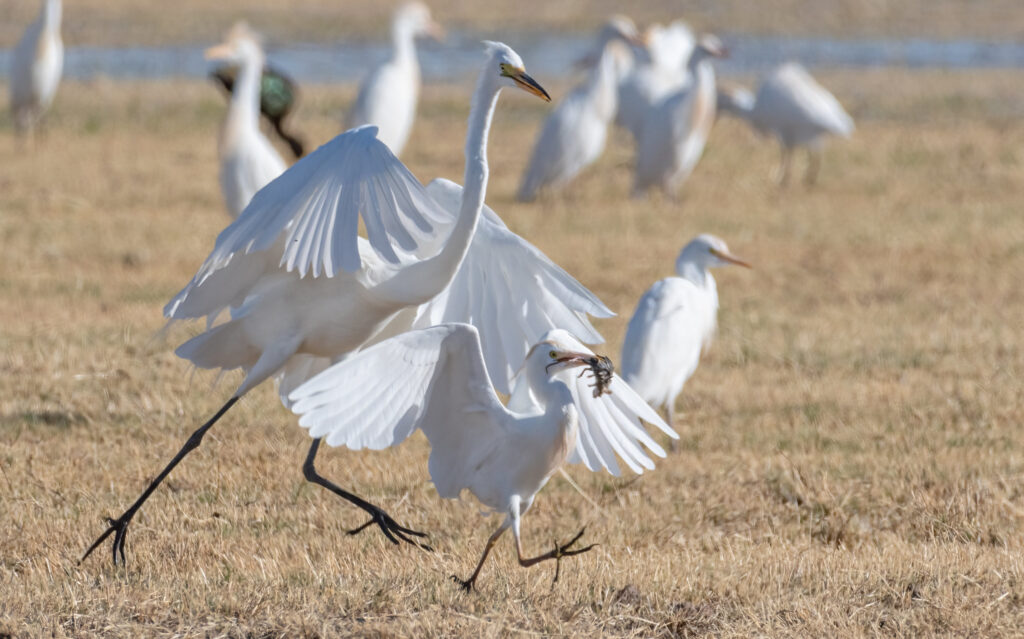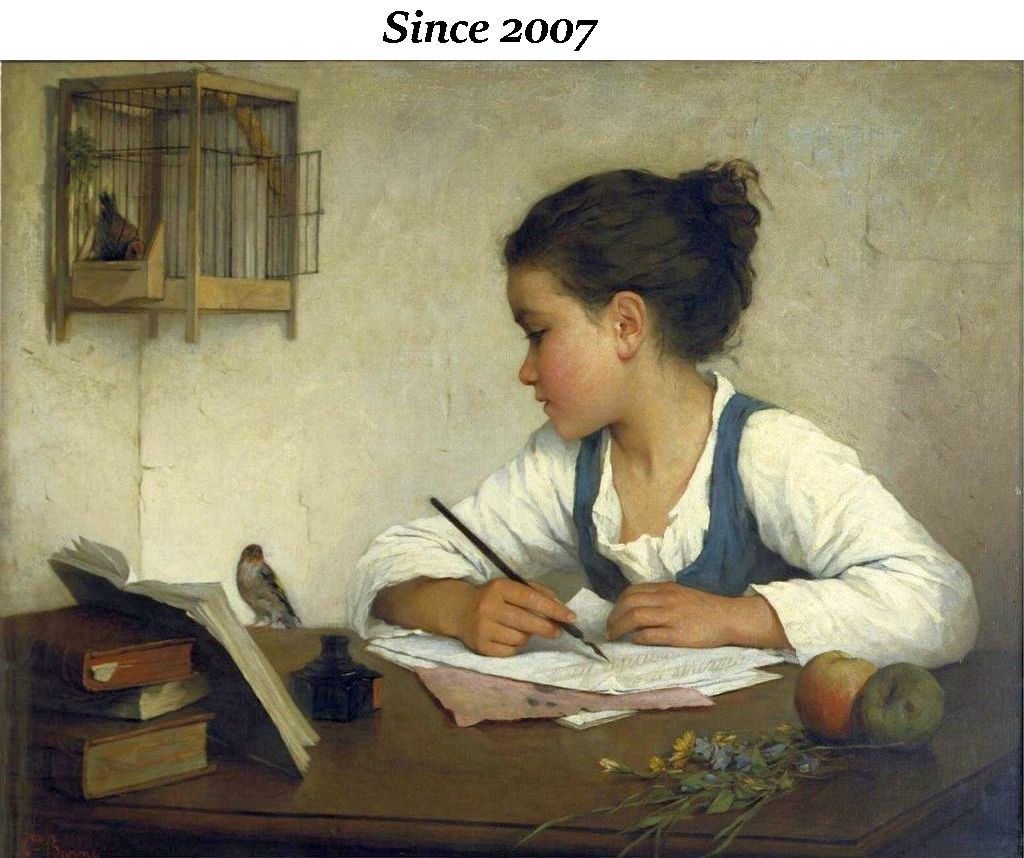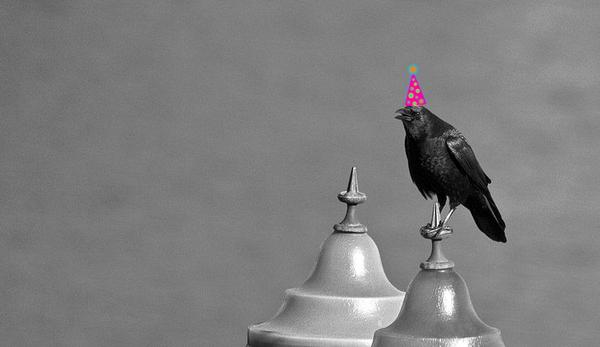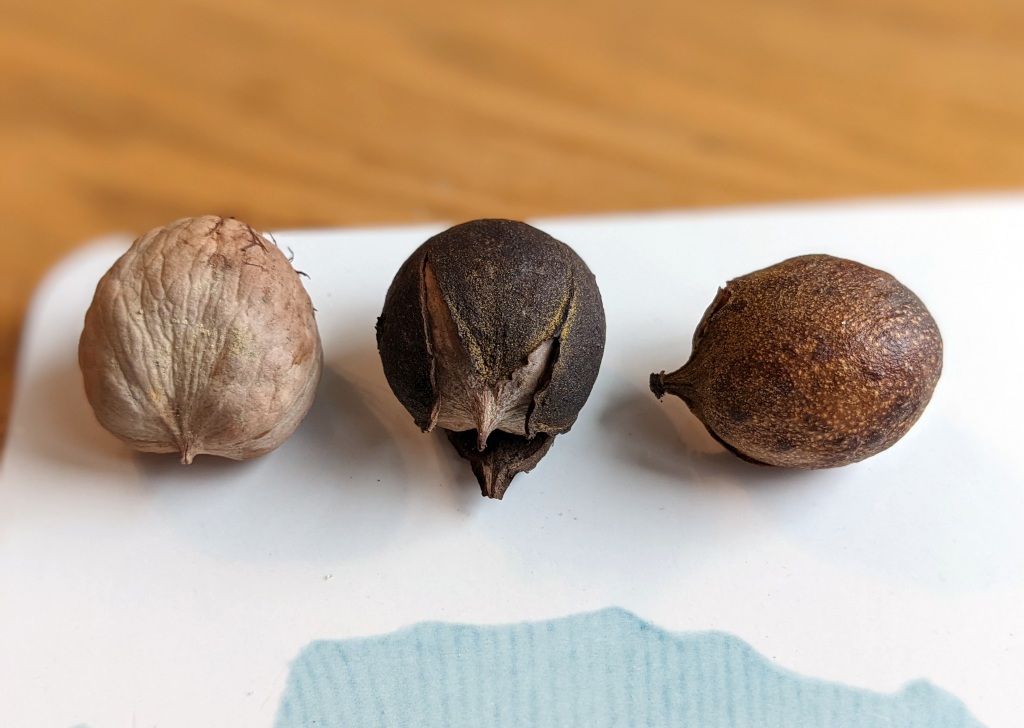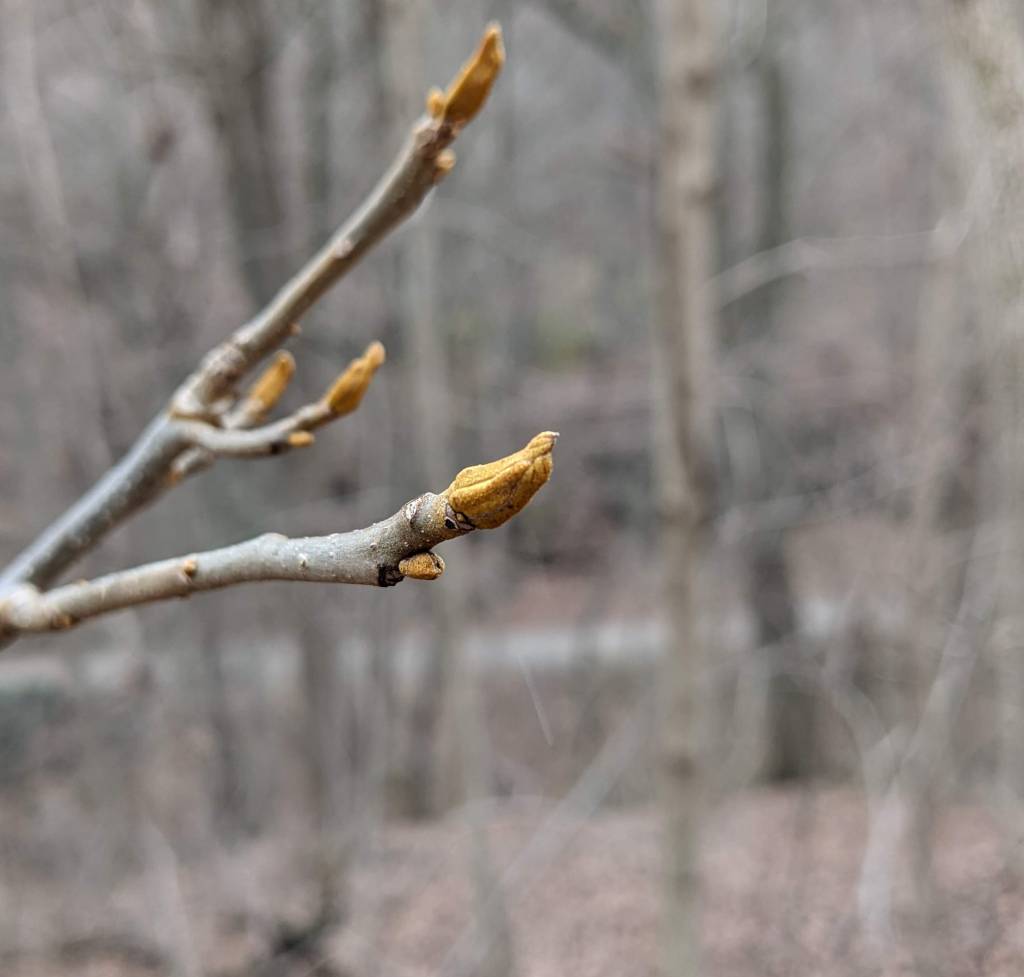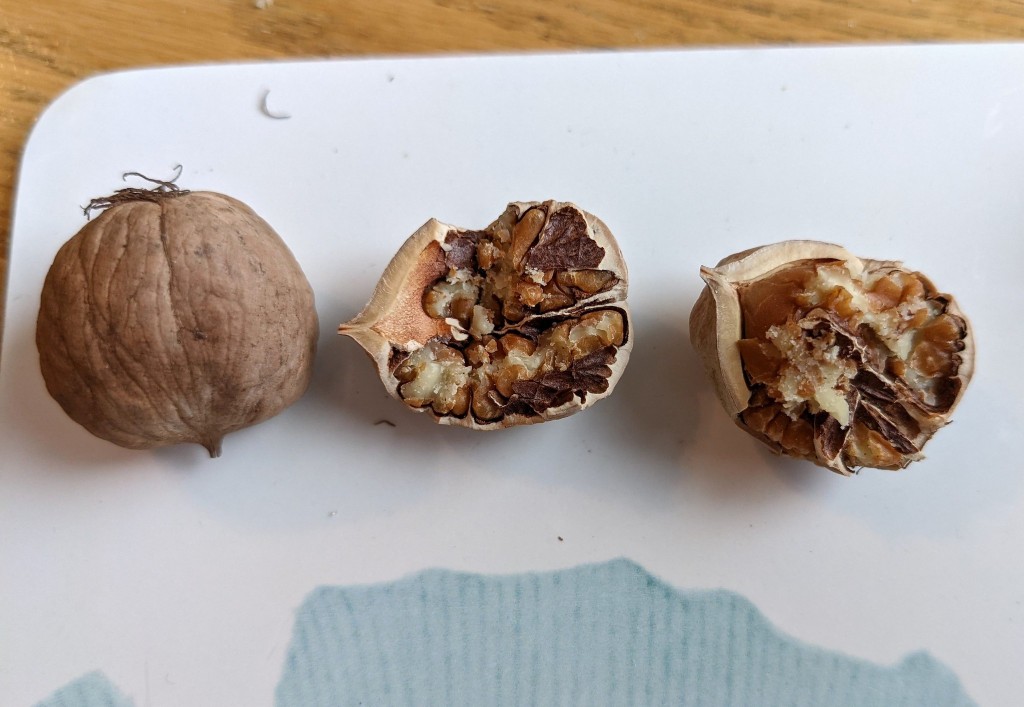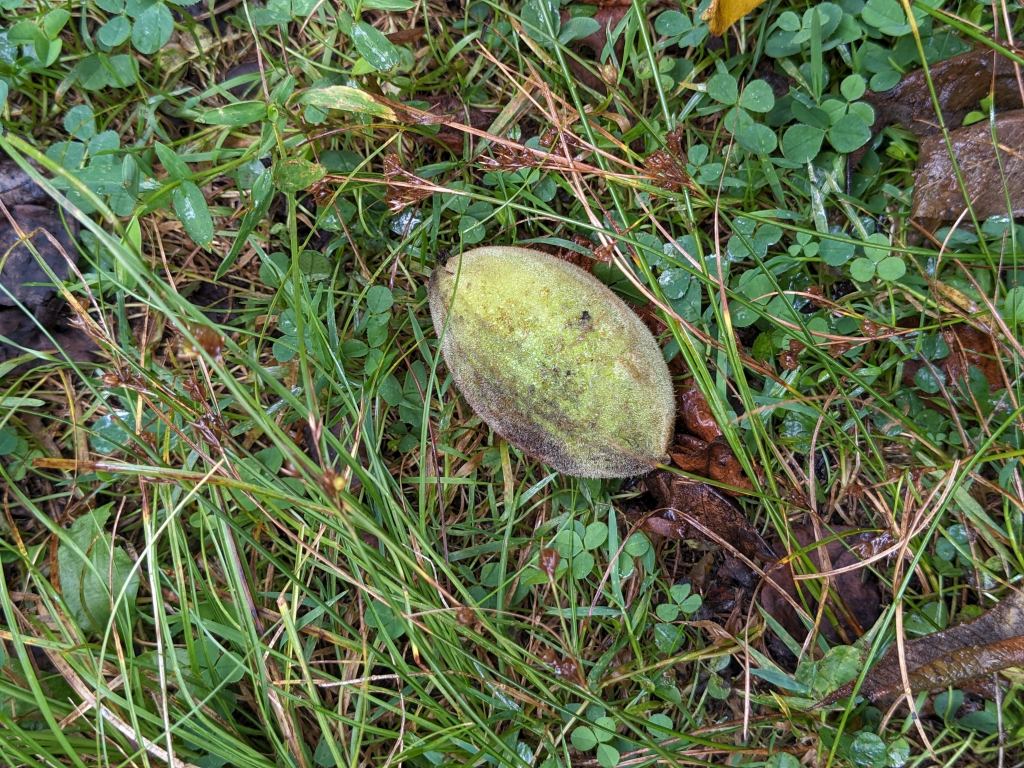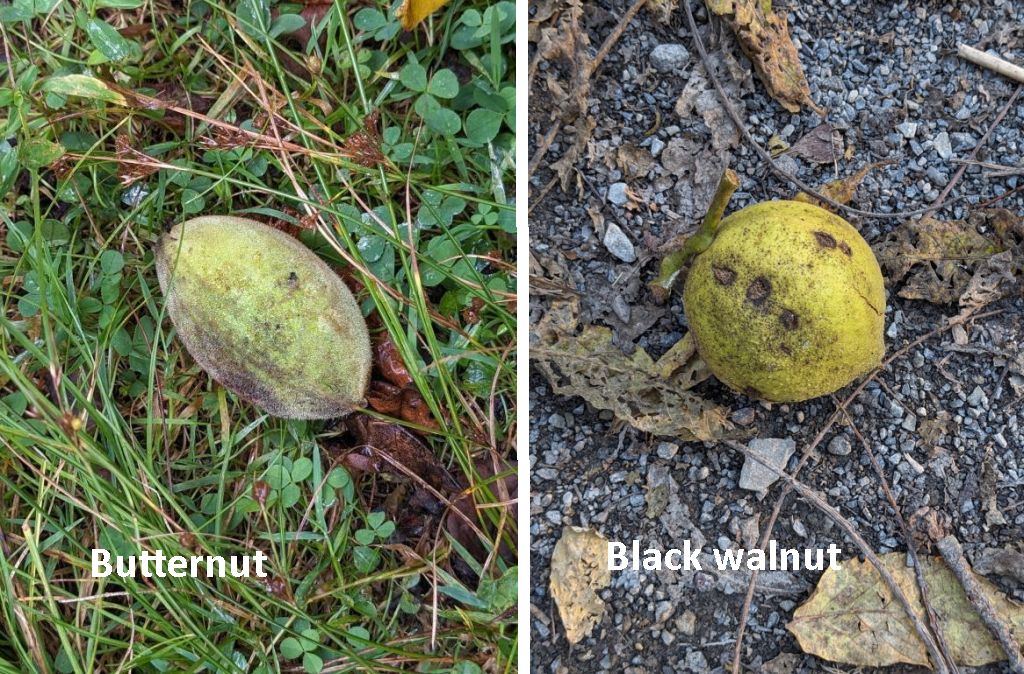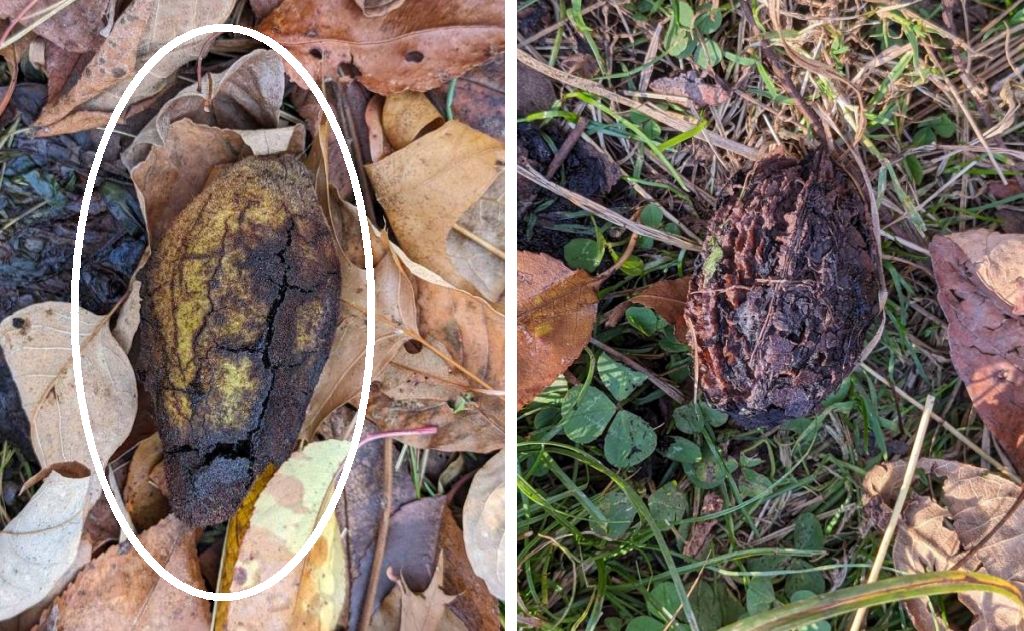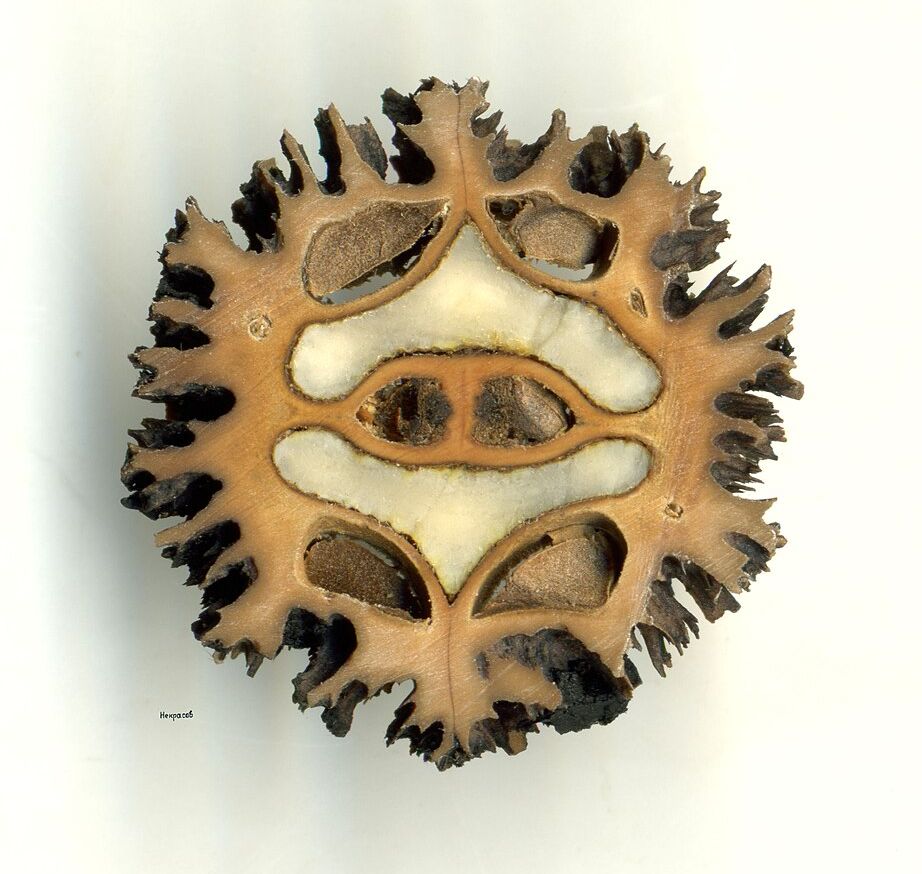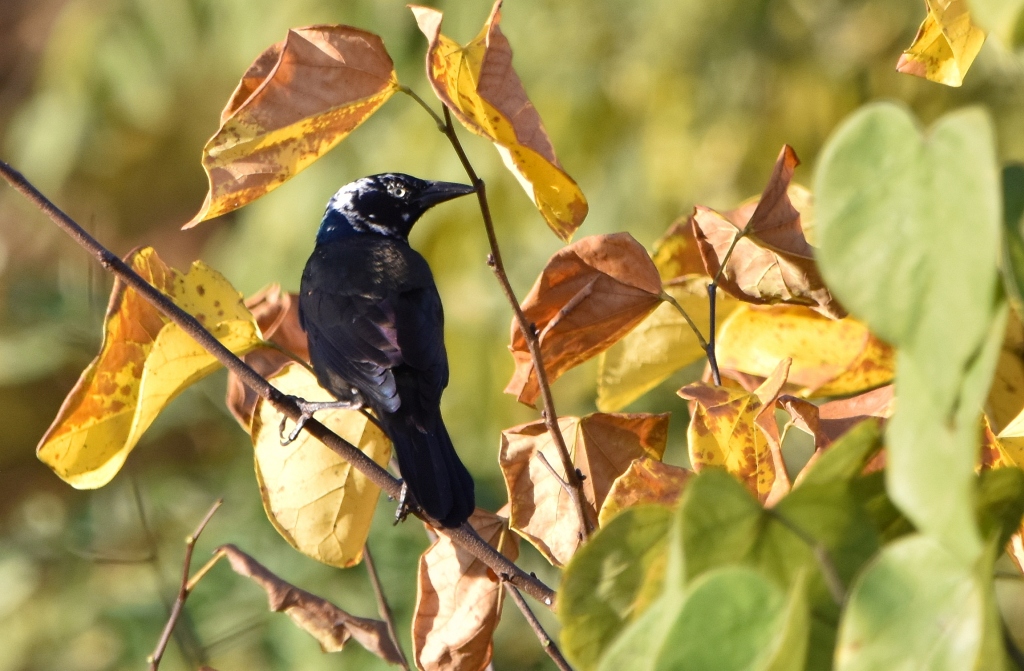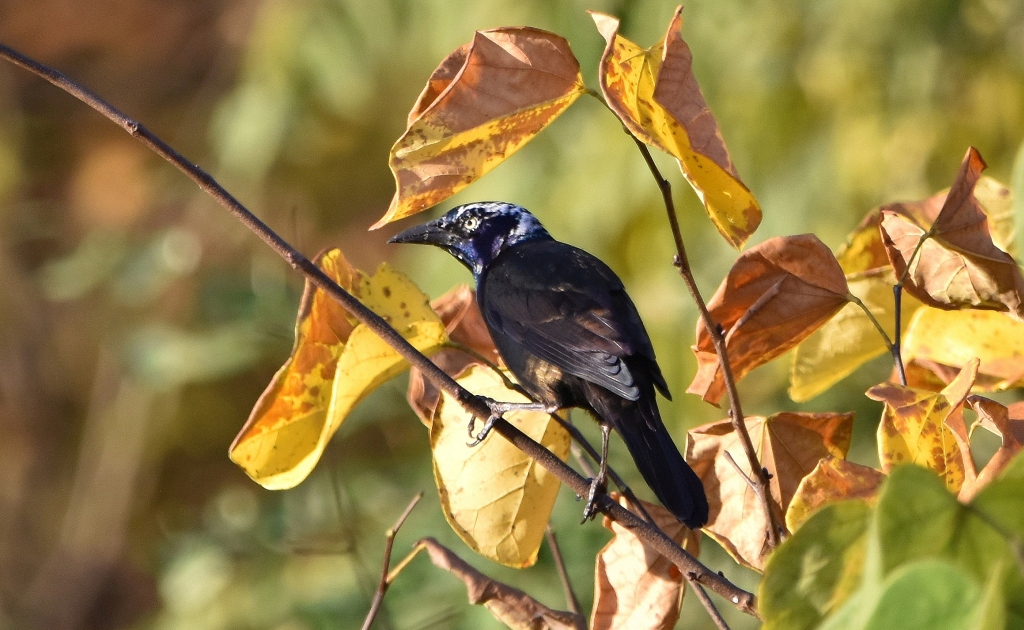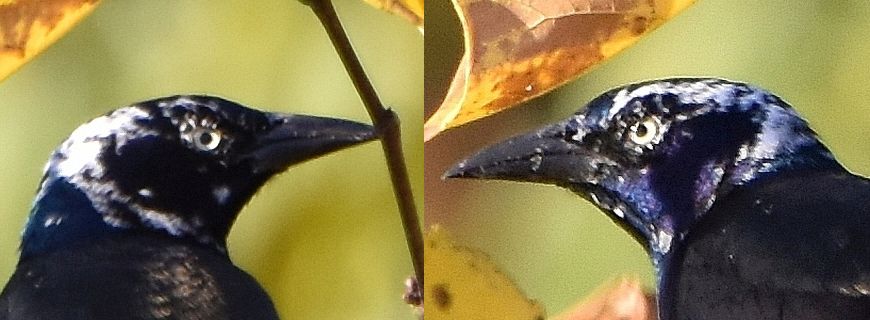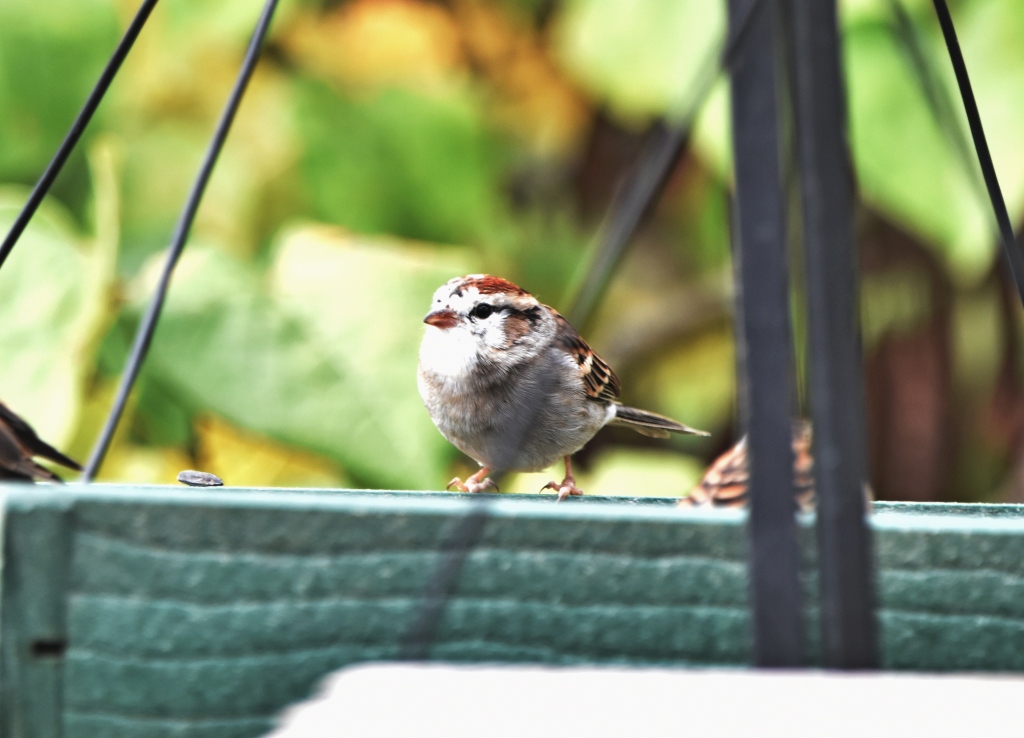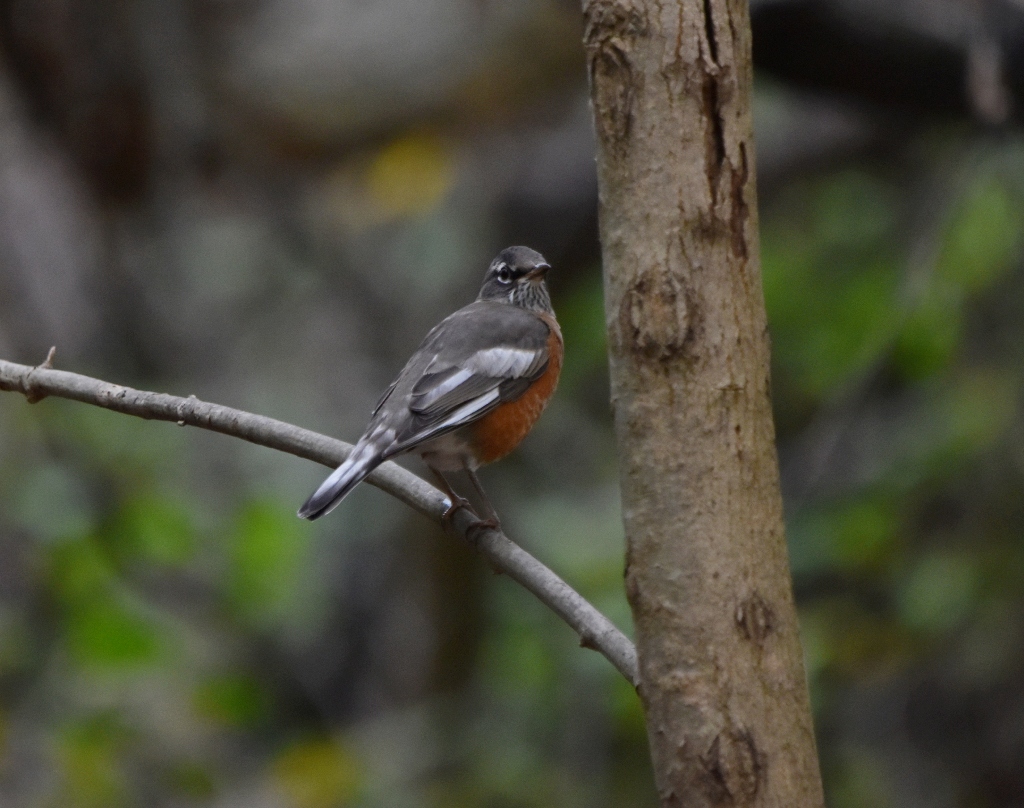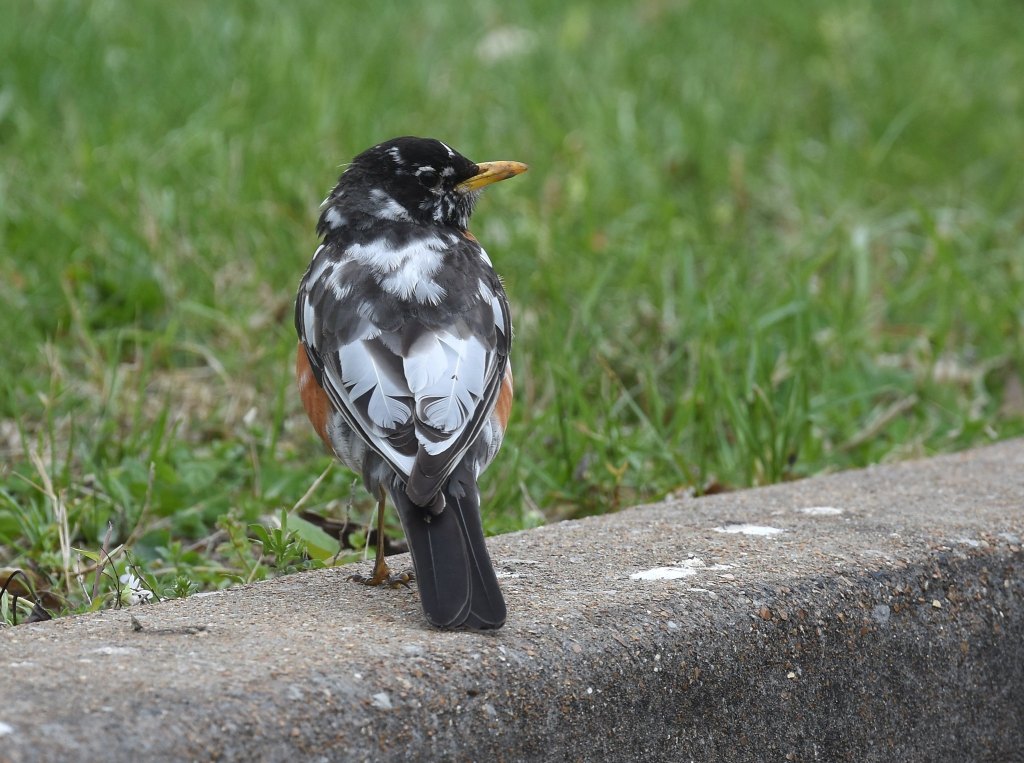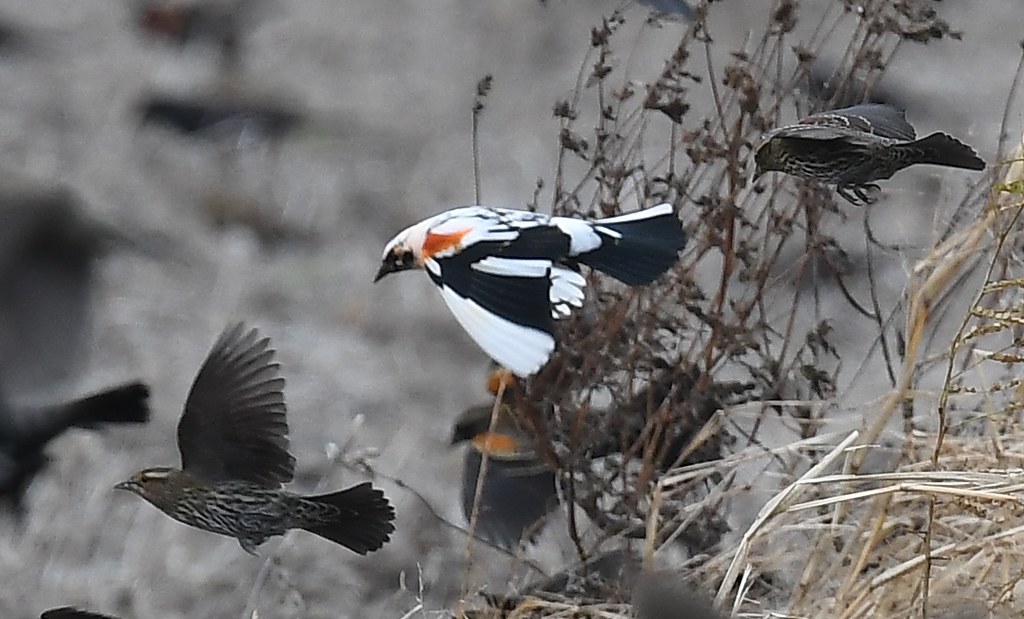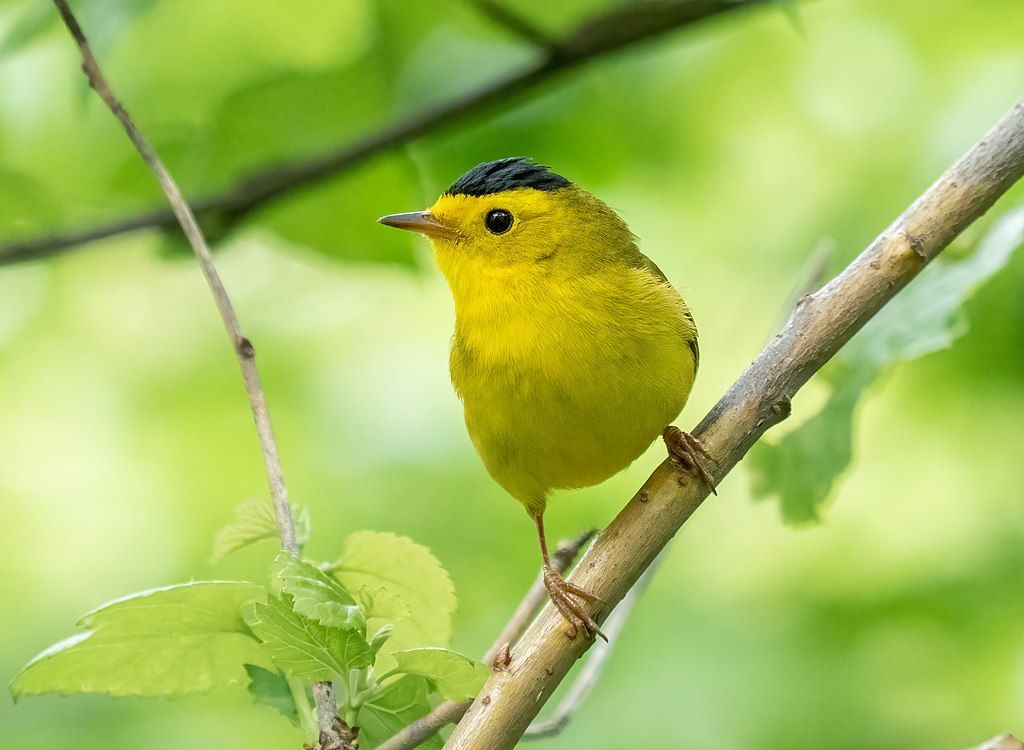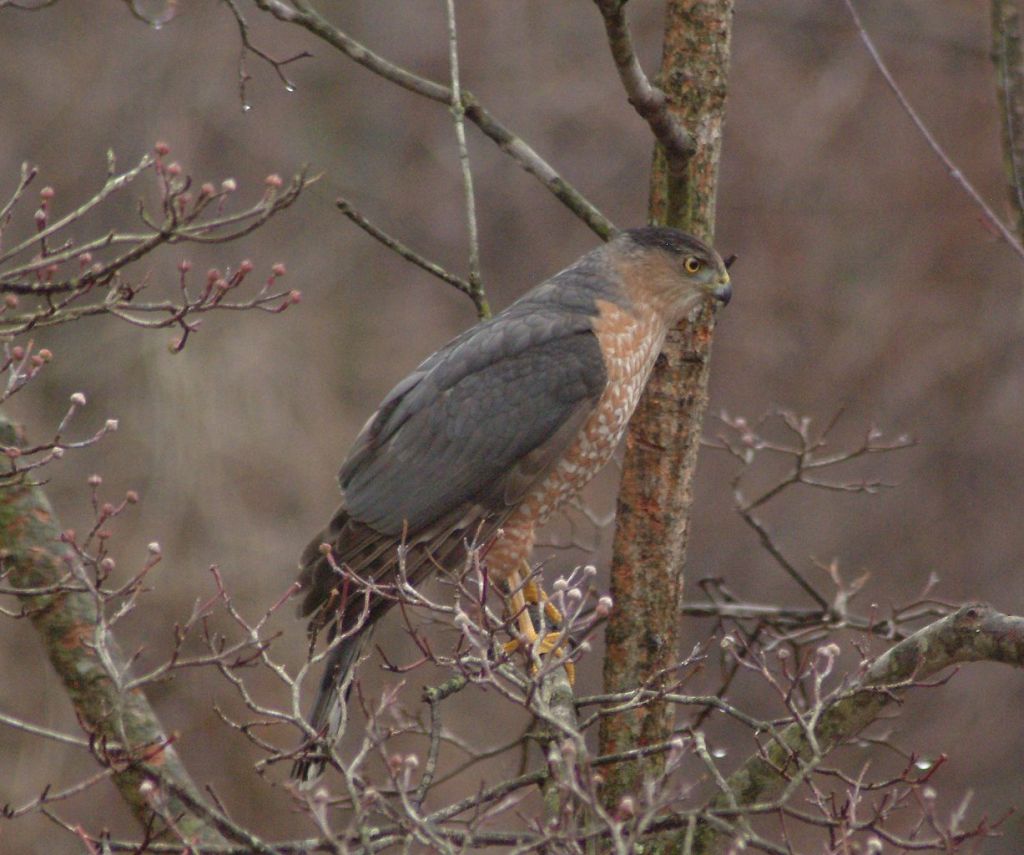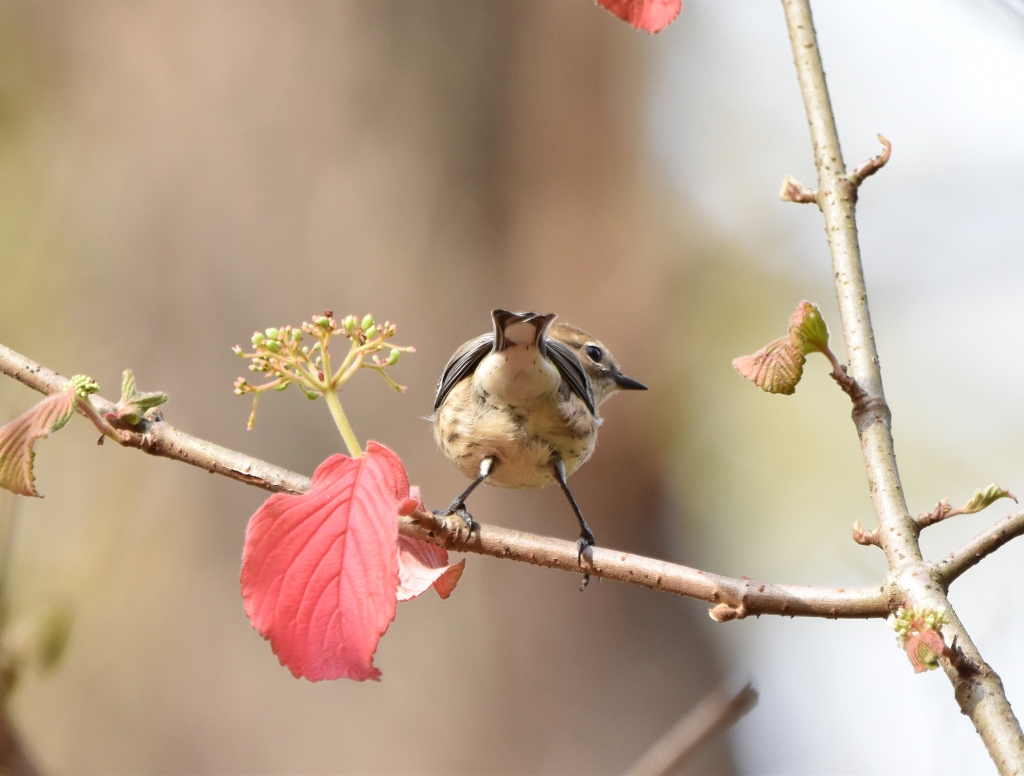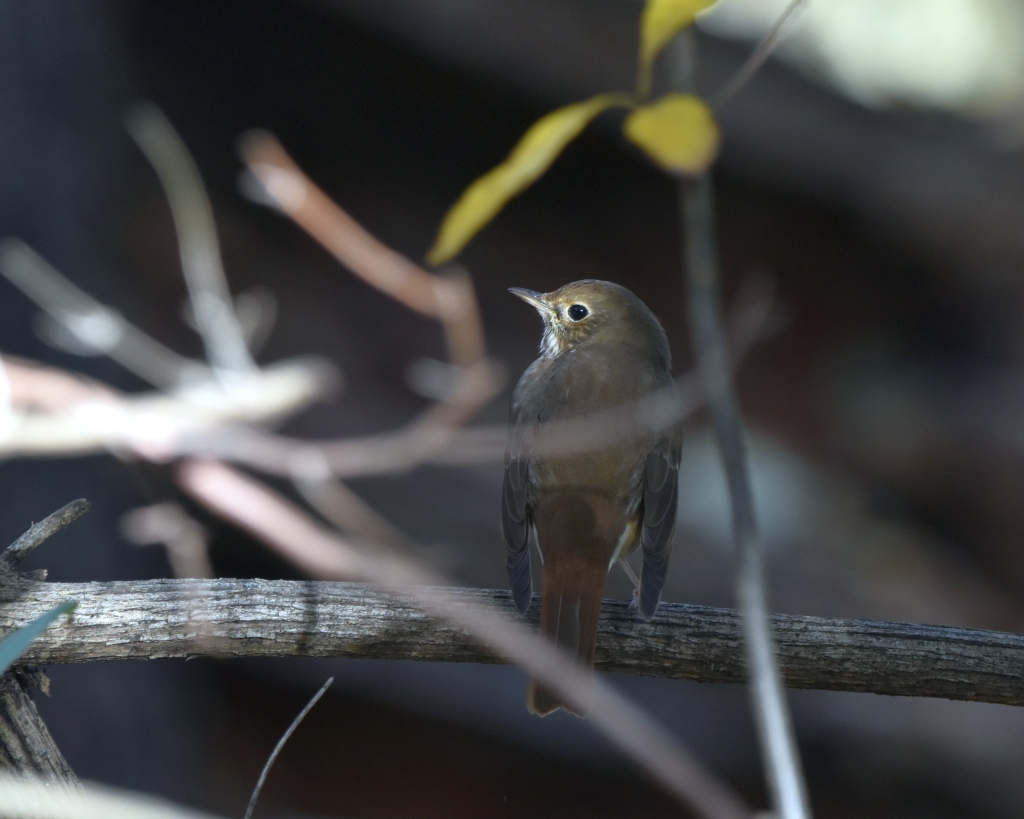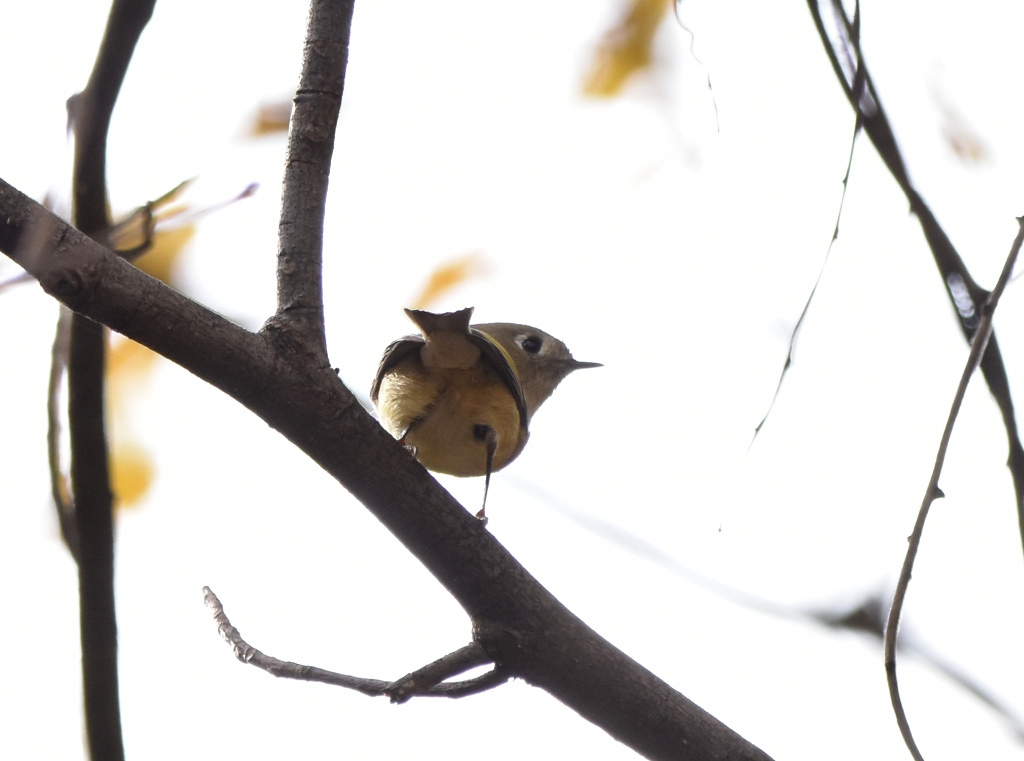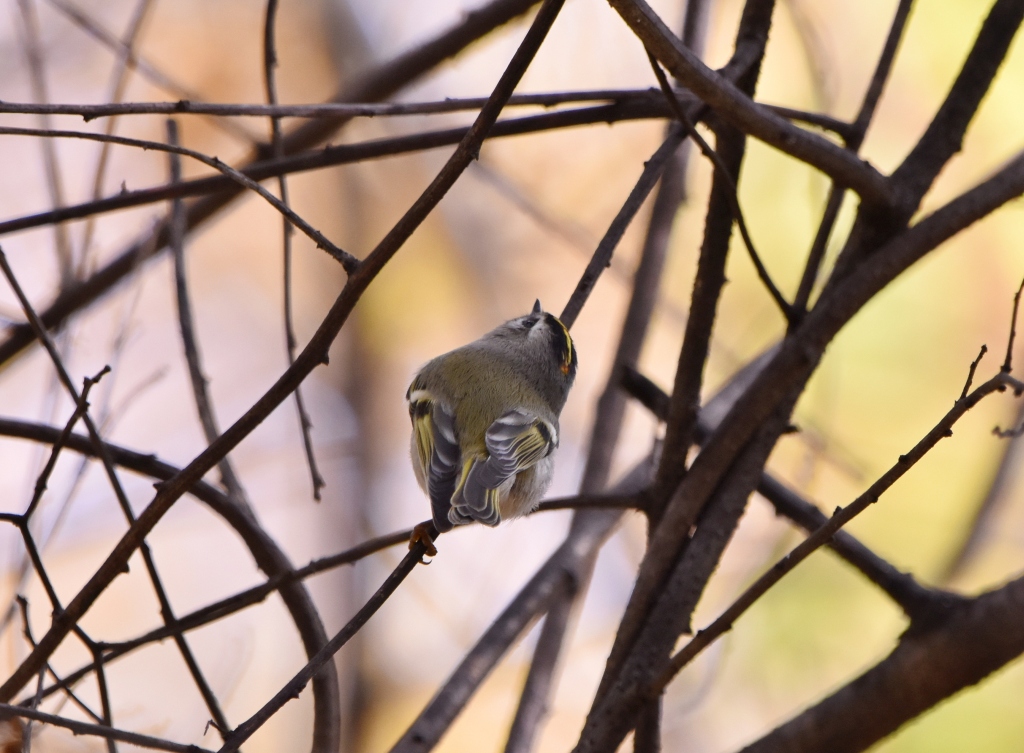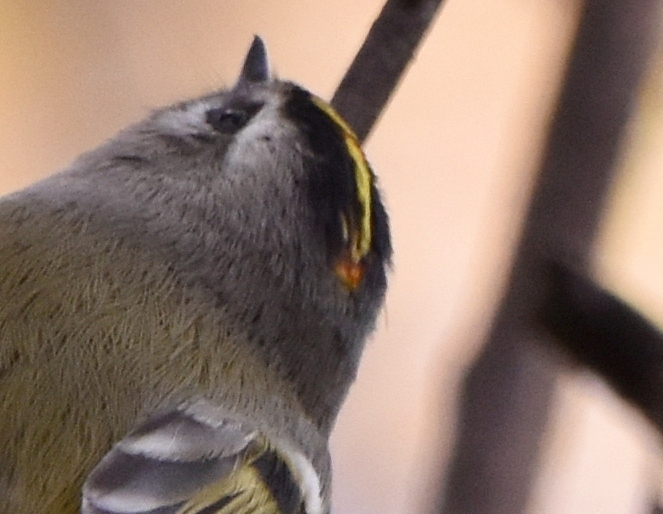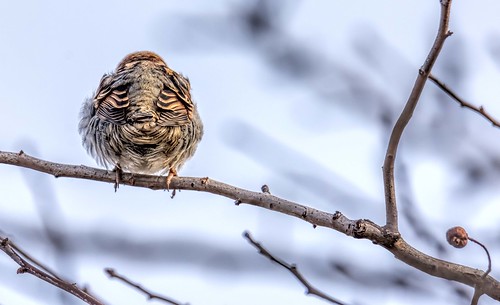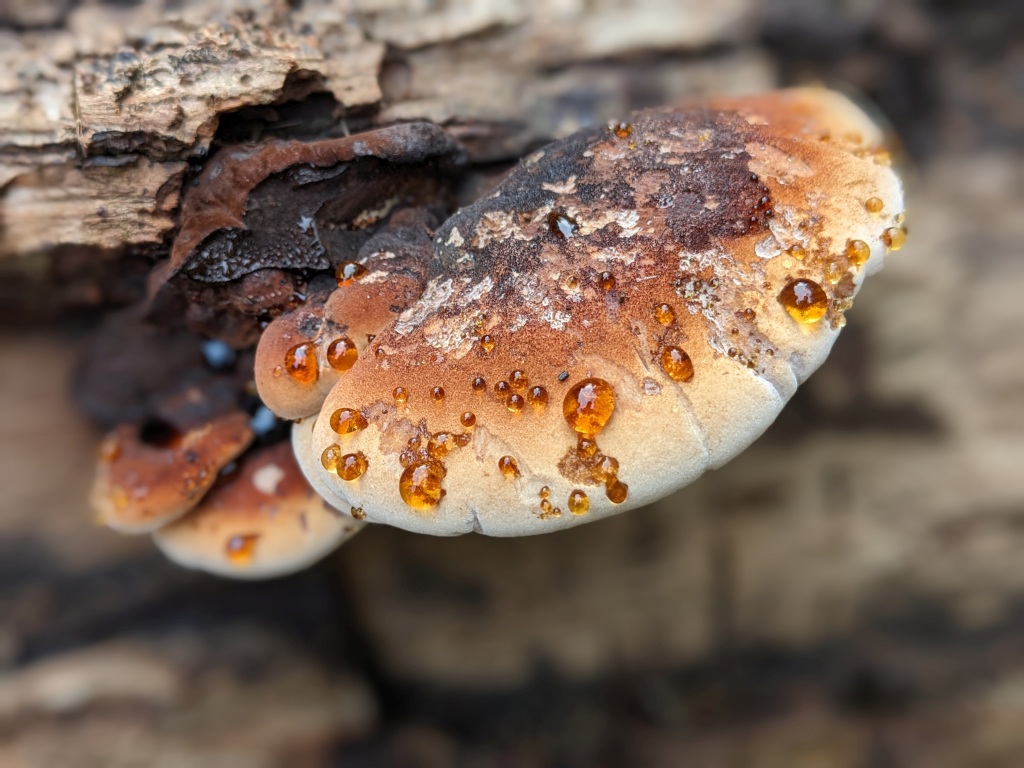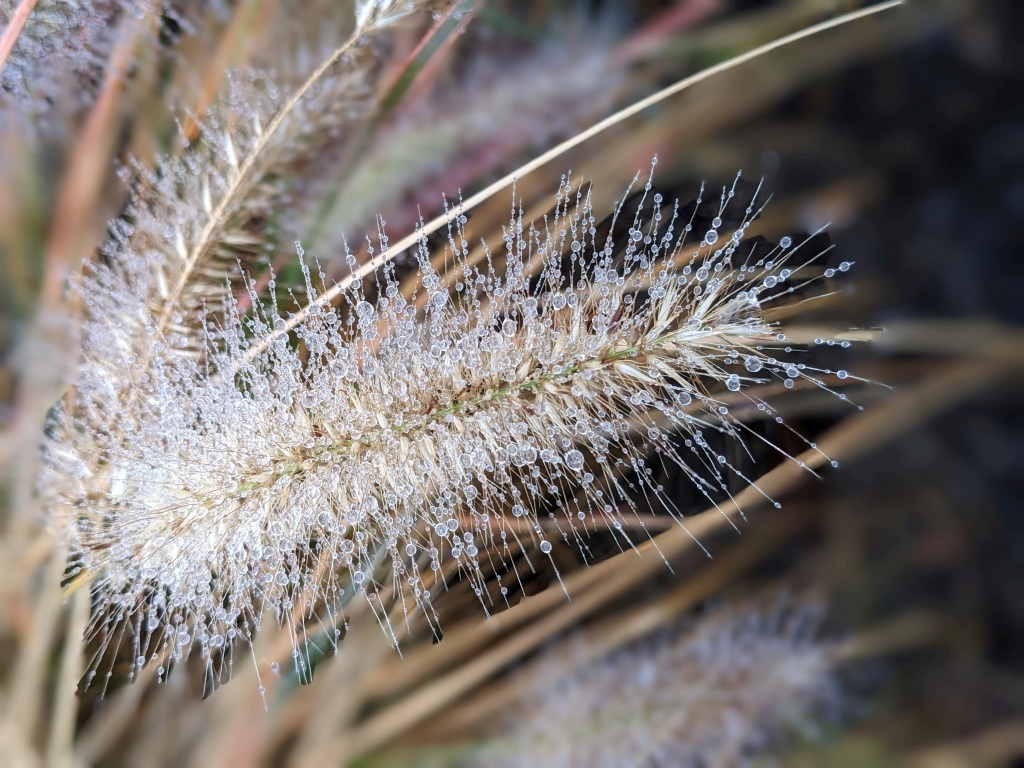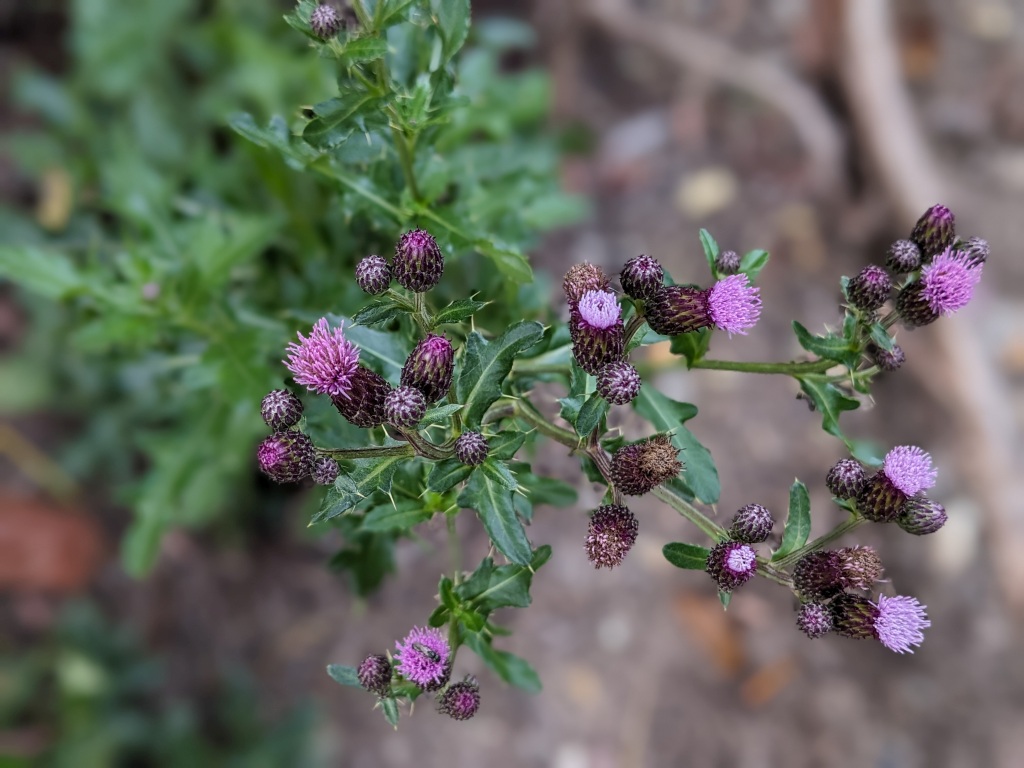
13 November 2023
Warbler migration is over and waterfowl migration has not yet reached Pittsburgh so at times we seem to be in a birdless state. The Monongahela River at Duck Hollow was in that condition at yesterday’s Duck Hollow outing — a dozen mallards and 1(!) Canada goose — but we found a few good birds in the thickets.
When we arrived the sky was brilliantly blue with some russet trees on the hillsides. Our group of five was so small that we didn’t do go-around-the-circle introductions and I forgot to take a group photo.

One golden-crowned and three ruby-crowned kinglets bopped around us as we looked up this hill.
Best birds of the day were five purple finches (Haemorhous purpureus) — one male and four females — that were too far for a photograph, so here’s one from Wikimedia. We parsed out the females first: Very brown stripes on chest, wide white eyebrow, brown face, brown head, notched tail.
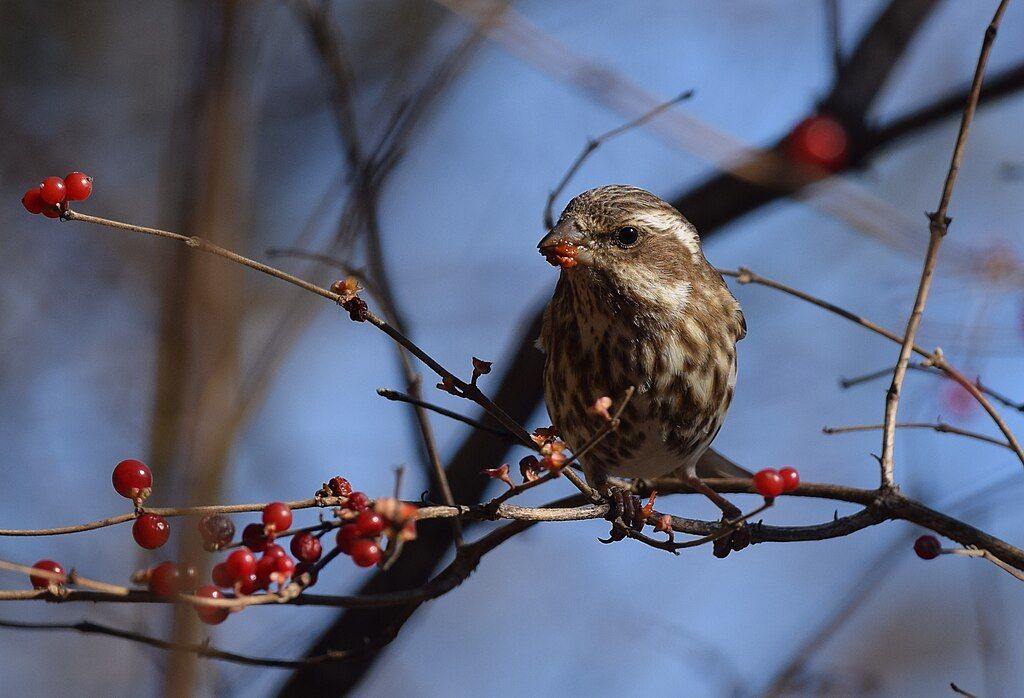
Then we saw the lone male (again this photo is from Wikimedia). House finches were nearby for comparison. Here’s how to tell the difference –> Purple and House.
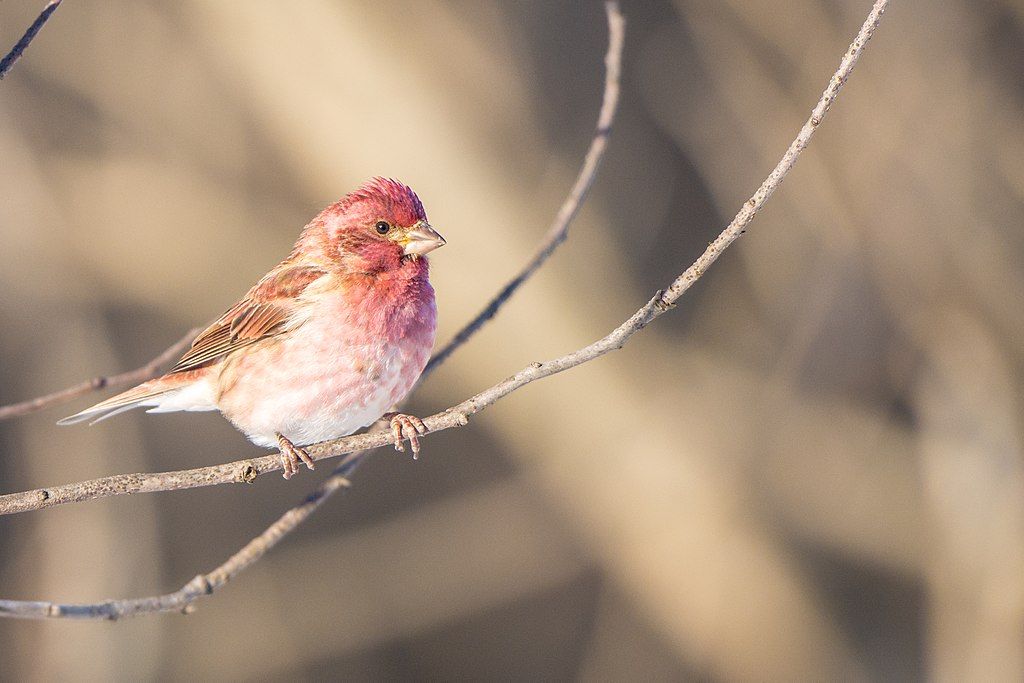
Later a northern mockingbird came close for a photo, this one by Charity Kheshgi.
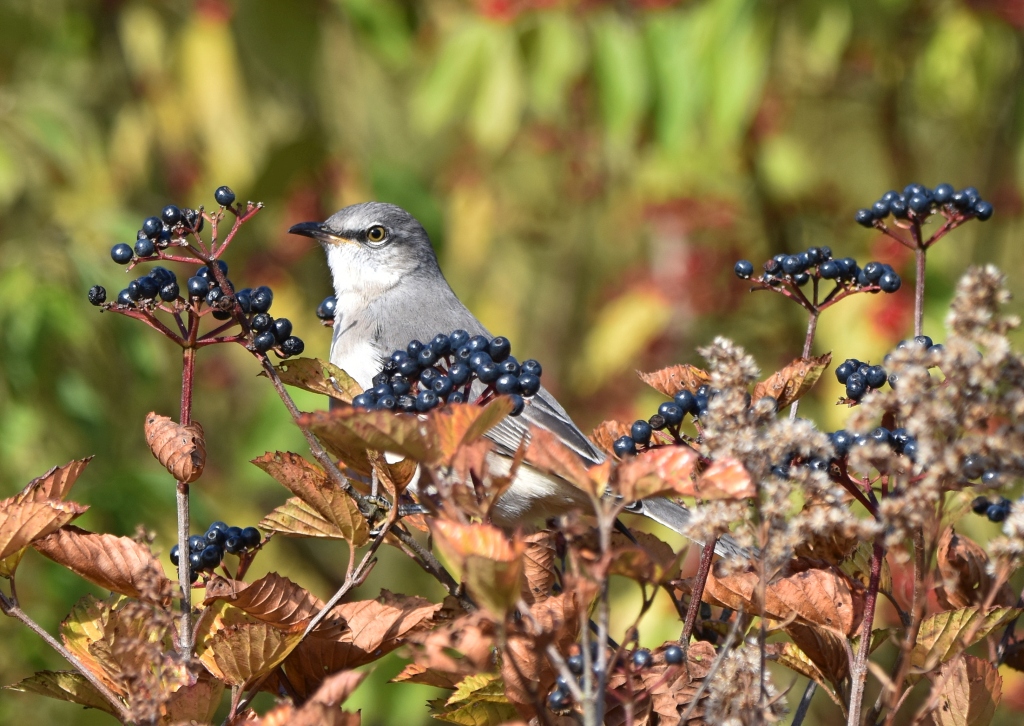
View our checklist online at https://ebird.org/checklist/S154301974 and below.
Duck Hollow, Allegheny County, Pennsylvania
Nov 12, 2023 8:30 AM – 10:15 AM
5 participants, 25 species
Canada Goose (Branta canadensis) 1
Mallard (Anas platyrhynchos) 12
Mourning Dove (Zenaida macroura) 3
Killdeer (Charadrius vociferus) 3
Herring Gull (Larus argentatus) 2
Red-shouldered Hawk (Buteo lineatus) 1
Red-tailed Hawk (Buteo jamaicensis) 1
Belted Kingfisher (Megaceryle alcyon) 1
Red-bellied Woodpecker (Melanerpes carolinus) 1
Downy Woodpecker (Dryobates pubescens) 1
Northern Flicker (Colaptes auratus) 1
Blue Jay (Cyanocitta cristata) 5
Carolina Chickadee (Poecile carolinensis) 3
Ruby-crowned Kinglet (Corthylio calendula) 3
Golden-crowned Kinglet (Regulus satrapa) 1
Carolina Wren (Thryothorus ludovicianus) 4
European Starling (Sturnus vulgaris) 1
Northern Mockingbird (Mimus polyglottos) 3
American Robin (Turdus migratorius) 8
House Finch (Haemorhous mexicanus) 8
Purple Finch (Haemorhous purpureus) 5
American Goldfinch (Spinus tristis) 5
White-throated Sparrow (Zonotrichia albicollis) 8
Song Sparrow (Melospiza melodia) 3
Northern Cardinal (Cardinalis cardinalis) 6
(credits are in the captions)


